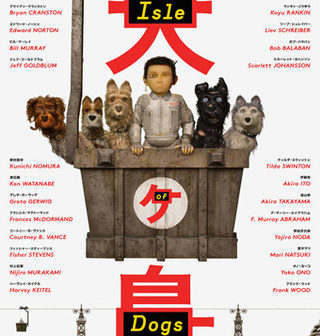bloodiness
The ghoulish seven: top scariest movies of the 2000s (part 2)
 5. “Horror Amityville” (The Amityville Horror, 2005) And another bright representative of the genre in 2005 — “Horror Amityville”. We finally got to the spirits and demons. And again, a remake of the Thriller of 1979. It is not known how important “Based on real events” is to the viewer in this case, but this was in the table of contents of D. Anson’s novel of the same name.A story that destroys, like a house of cards, the typical American dream of a happy family and a big bright house. In paints painting, as a caring husband and stepfather gradually, day by day, from a normal person turns into a possessed beast. Somewhere, I think?” That’s possible. Not Kubrick, of course, but who came to the cinema in adulthood, Andrew Douglas before traded advertising photography, so the picture does not disappoint. In addition, not the last role was played by a successful casting of actors: R. Reynolds, M. George and quite a crumb Chloe Moretz. Continue reading
5. “Horror Amityville” (The Amityville Horror, 2005) And another bright representative of the genre in 2005 — “Horror Amityville”. We finally got to the spirits and demons. And again, a remake of the Thriller of 1979. It is not known how important “Based on real events” is to the viewer in this case, but this was in the table of contents of D. Anson’s novel of the same name.A story that destroys, like a house of cards, the typical American dream of a happy family and a big bright house. In paints painting, as a caring husband and stepfather gradually, day by day, from a normal person turns into a possessed beast. Somewhere, I think?” That’s possible. Not Kubrick, of course, but who came to the cinema in adulthood, Andrew Douglas before traded advertising photography, so the picture does not disappoint. In addition, not the last role was played by a successful casting of actors: R. Reynolds, M. George and quite a crumb Chloe Moretz. Continue reading
“Rocketman”: rock ‘ n ‘ roll trip through the corridors of someone else’s soul
 It seems that the era of musical biopics is beginning again in the film industry. But” Rocketman ” (Rocketman) has one huge difference from most of these pictures: the main character of this film is alive. Moreover, Elton John is a producer of a movie about himself, very deeply involved in its production.
It seems that the era of musical biopics is beginning again in the film industry. But” Rocketman ” (Rocketman) has one huge difference from most of these pictures: the main character of this film is alive. Moreover, Elton John is a producer of a movie about himself, very deeply involved in its production.
Comparison with “Bohemian Rhapsody”, which took a couple of Oscars last year, is inevitable — a very small gap has passed between the films, and the Director is the same. Dexter Fletcher took over Bryan singer’s chair, finished shooting “Rhapsody” at the end of the summer of 2018, and in September he took over “Rocketman”.And the first shots, to be honest, make you roll your eyes from self-repetition: the film begins with the passage of the main character in a stage costume along the corridor of the concert venue, flavored with slow-mo and a slightly slowed-down version of the rhythmic hit. Continue reading
(Not)heroes: the story of a deconstructed superhero image in comic book adaptations
 Marvel now many took out. More precisely, not even Marvel itself as such, but the dominance of their film comics. Film adaptations are full of stamps and even self-copying (I still laugh at how similar the plots of the third “Thor” and “Black Panther” are, and how much they differ in implementation), and the conveyor feed of content simply tired some viewers, and a trip to the cinema for a fan of comics turned from a holiday into a routine. But then deconstruction burst onto the stage of film adaptations again — and this time it appeared on time and in a big way.
Marvel now many took out. More precisely, not even Marvel itself as such, but the dominance of their film comics. Film adaptations are full of stamps and even self-copying (I still laugh at how similar the plots of the third “Thor” and “Black Panther” are, and how much they differ in implementation), and the conveyor feed of content simply tired some viewers, and a trip to the cinema for a fan of comics turned from a holiday into a routine. But then deconstruction burst onto the stage of film adaptations again — and this time it appeared on time and in a big way.
Spoonful of history: the eighties was a difficult period for the comic book industry. Stories began to gradually move away from the riot of colors, irrepressible pathos and ultrapositive, deeper and stronger to consider social problems, to climb into politics, to criticize the existing system, through the prism of other, artificial worlds to tell what is happening in the real world, exaggerating events and their outcomes. Continue reading




